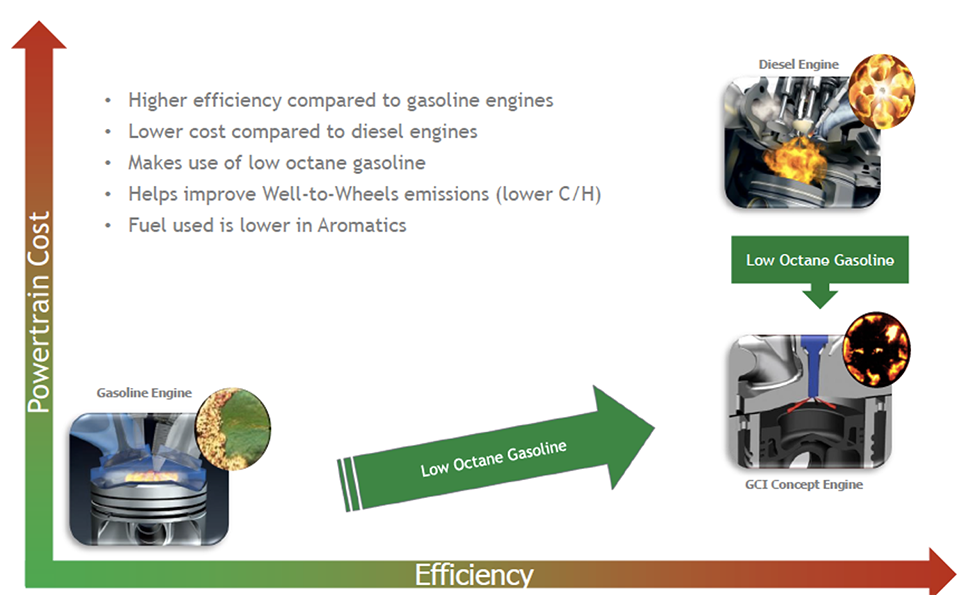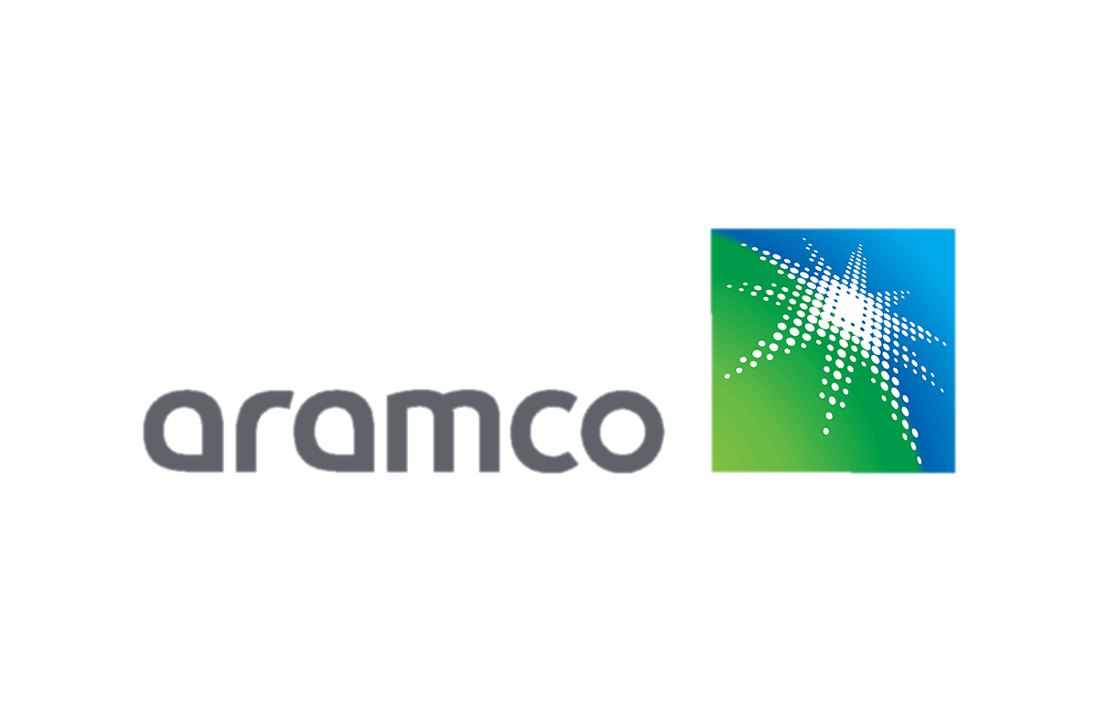

.png?sfvrsn=1b6bae1a_0) (FASTER)
(FASTER).png?sfvrsn=ac211bda_0)

In collaboration with Saudi Aramco, we have carried out a series of works where we explored the technical viability of using naphtha-like low-carbon fuels in advanced low-temperature compression ignition engines. Our group’s works represented the first-ever studies on naphtha fuels and provided insights into the autoignition behavior of such fuels in contrast to gasoline. We published three key papers on these fuels, separately focusing on light naphtha (Javed et al., PROCI 2017), straight-run naphtha (AlAbbad et al., Combustion & Flame 2018) and a custom naphtha blend (AlAbbad et al., PROCI 2019). We were able to explain the dependence of naphtha reactivity on octane number and composition. We proposed detailed strategy for chemical surrogates of these fuels, showing that a PRF (blend of n-heptane and iso-octane) surrogate suffices at high and intermediate temperatures, whereas a multi-component surrogate is needed at low temperatures. In the absence of a distribution network and infrastructure for naphtha, as a short-term solution, we explored blends of gasoline and diesel, termed dieseline, to mimic the ignition behavior of naphtha (AlAbbad et al., Combustion & Flame 2020).
Through our work on a variety of naphtha, oxygenated gasolines (Lee et al., Combustion & Flame 2017) and low-octane gasolines (Javed et al., Combustion & Flame 2017), we were able to illustrate the effects of fuel composition and octane numbers on reactivity trends in high-, intermediate- and low-temperature regions. By combining real fuel measurements with PRF (AlAbbad et al., Combustion & Flame 2017) and TPRF (Javed et al., Combustion & Flame 2016) surrogate experiments, we demonstrated a simple rule for chemical surrogate formulation, “number of components in a surrogate scale directly with the octane sensitivity (RON – MON) of real fuels”. We recently proposed ignition delay correlations for multi-component fuels whereby we suggested, for the first time, chemical interaction coefficients to accurately model ignition delay times of multi-component fuels at low to intermediate temperatures (Khaled et al., Fuel 2017).

Saudi Aramco
Below are some of our recent publications on low-carbon fuels and surrogate formulation: